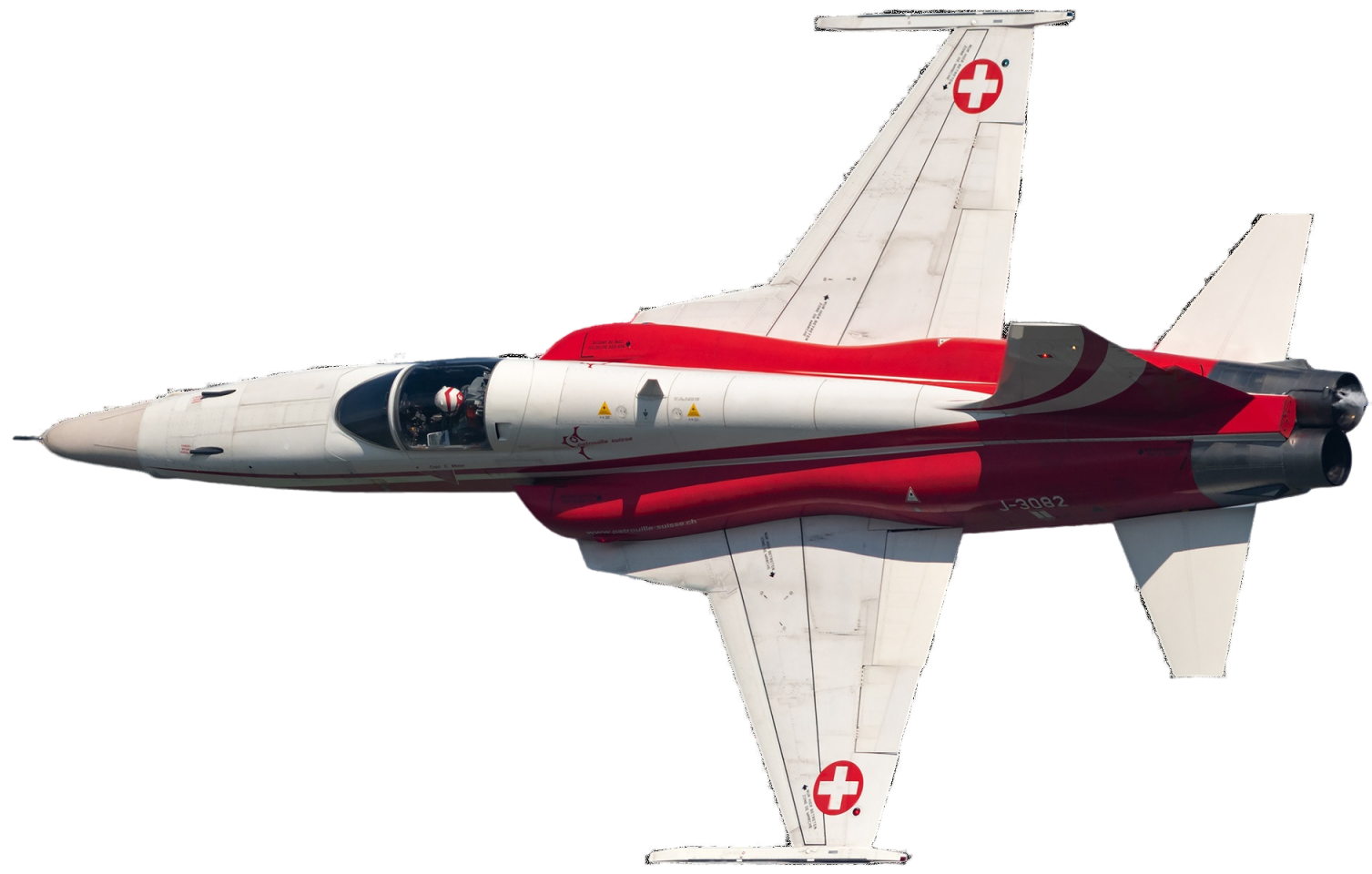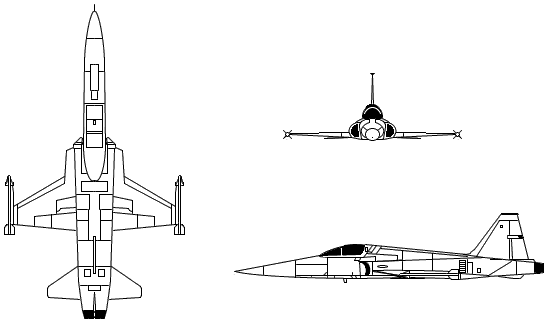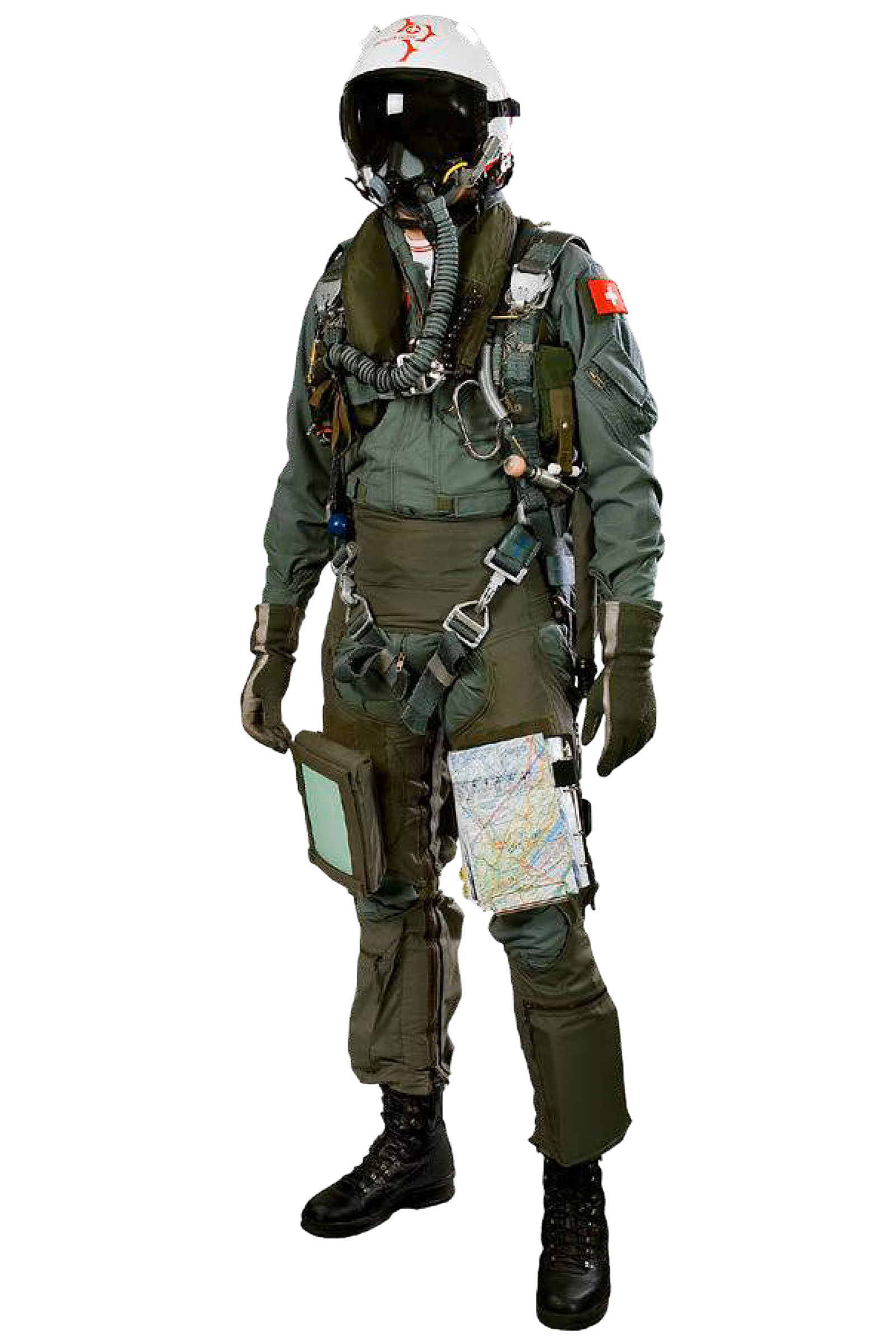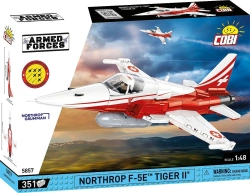
Did you know:
- The aircraft’s development began in 1956 as a smaller and cheaper alternative to the F-4 Phantom.
- Since the United States didn’t need such an aircraft in the 1960s, the F-5 became a great export product.
- A compact, light, fast, and agile aircraft with low acquisition and operating costs attracted many countries.
- After flight testing in 1959, orders flooded in. A total of 36 countries adopted the F-5 into their armament.
- The F-5 was an excellent aircraft, popular among both pilots and ground crews due to its easy maintenance. In 1970, the F-5 even won an international fighter jet competition.
- Over time, the aircraft was modernized, resulting in various versions such as a training variant, a radar reconnaissance special, or aircraft capable of aerial refueling for the U.S. Navy.
- The aircraft received the name Freedom Fighter during the defense of South Vietnam against the Viet Cong.
- Licensed production also took place in Spain, Taiwan, Switzerland, and South Korea.
- Switzerland purchased 98 aircraft in the F-5E version and another 12 two-seat trainers. Currently, 25 remain in service, 18 of which are still operational. They are expected to be phased out from 2027 and replaced by F-35 aircraft.
- The aircraft was produced for nearly 30 years, with approximately 1,400 units built.
Technical specifications:
- dimensions: wingspan 8.13 m, length 14.68 m, height 4.06 m
- propulsion: 2× GE J85-GE-21A turbojet engines, each with 15.5 kN thrust
- weight: empty 4,350 kg, max takeoff weight 11,180 kg
- range: 3,100 km with 1,000 l drop tank
- maximum speed: 1,700 km/h
- maximum service ceiling: 15,590 m
- rate of climb: 174 m/s
- takeoff run: 610 m
- maximum permissible G-load: +7.3 / -3.0 G
- armament: 2× Pontiac M39A2 20 mm cannons + 3,170 kg of bombs
- crew: 1
 Colonel Nilsen Hämmerlim on the F-5E:
Colonel Nilsen Hämmerlim on the F-5E:
"The aircraft is easy to fly; it has good flight characteristics and is stable in the air. However, the Tiger has a few minor drawbacks: on a wet runway, a drag parachute must be used, and in crosswinds, extra attention is required during deceleration. Landing speed is relatively high. For flight instructors, visibility from the second seat in the F-5F is limited, which can be quite a challenge when landing."





 Colonel Nilsen Hämmerlim on the F-5E:
Colonel Nilsen Hämmerlim on the F-5E: